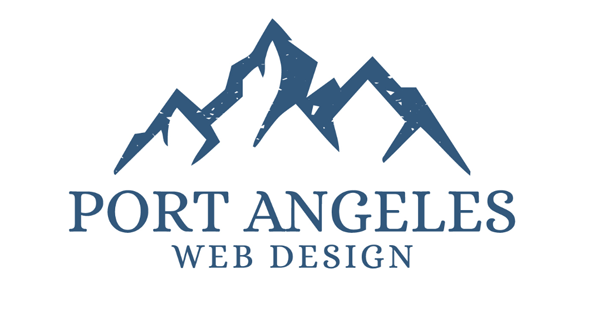What is E-A-T?
For more than 20 years, Google has been the leader in connecting people to content on the internet. They are the most used gateway to content on the web. If your website does not rank well on Google, chances are you’re missing out on reaching more customers. Is your website showing up on the first or second page? If not, here are at least 4 items that you should focus on: Content, Page Speed, Security, and Mobile Friendliness. In this next series of blogs, I’ll discuss each item, how it affects your websites ranking, and what you can do to improve your sites performance.Let’s start by looking at CONTENT: The vast majority of Google ranking algorithm updates made over the last 8 years have focused on website content. This is a clear indication that Google places a premium on content when determining ranking on a search results page. Internally, Google uses the acronym E-A-T to when considering Page Quality - essentially determining a websites’ value. What is E-A-T?· Expertise . Create content that highlights industry knowledge, informs people, and helps them.· Authority . Become a go-to resource for info by building a repertoire of valuable content that generates high-quality backlinks.· Trustworthiness . Earn customer confidence with quality content, sound business practices, and positive digital word-of-mouth. Expertise means you need to demonstrate you are the go-to person. Others point to you and label you the expert. One way to do that is to narrow your focus. The content on your website, especially on the home page, needs to be focused on what your product and service is, what makes it unique and why. Demonstrate your expertise by telling a story. People love stories. This can include leveraging past success. You can also demonstrate expertise by creating case studies and using testimonials. Do so in a way that you ideal clients can see themselves in your past successes. Authority comes when your content is engaging. There are several metrics that indicate authority: how long people stay on a web page, how many backlinks your page has, quantity and quality of testimonials, and social media presence. You can jump start your online authority by including a blog on your website. Publish short, but informative articles relevant to your industry. As a minimum, publish 1 article on your blog per month. Another way to establish authority is to be active on social media. Facebook is still the dominant platform, so every business should have a Facebook Page. Depending on your industry, YouTube, Instagram, and Twitter should be on you list of platforms to use. Don’t try to do them all. Pick at least one and do that one well first. Trustworthiness is gained when sites that already have a high trustworthiness score link back to your site. Likewise, you benefit from linking to other sites with high trustworthiness scores. If you link spammy sites, your rank will suffer. Be sure to have Privacy Notice and Terms pages. Google pays attention to these “boring” pages.It pays to review your website’s Content against E-A-T periodically. Your business evolves, and so should your website.




